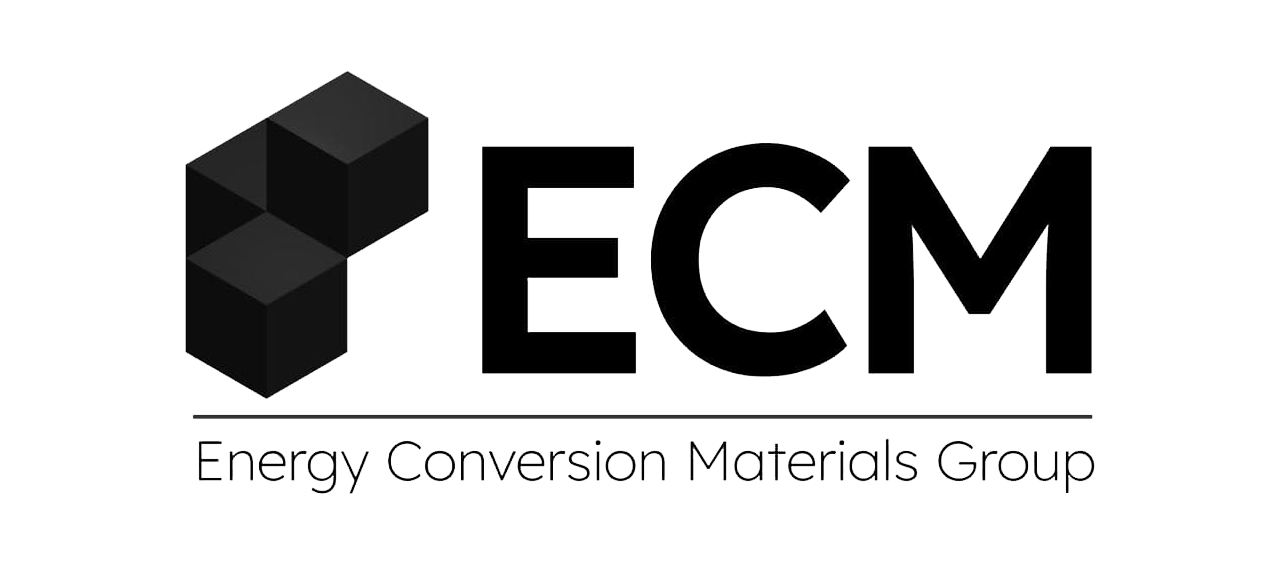ab initio modelling software
WIEN2k:
http://susi.theochem.tuwien.ac.at
The program package WIEN2k allows to perform electronic structure calculations of solids using density functional theory (DFT). It is based on the full-potential (linearized) augmented plane-wave ((L)APW) + local orbitals (lo) method, one among the most accurate schemes for band structure calculations. WIEN2k is an all-electron scheme including relativistic effects and has many features. It has been licensed by more than 3200 user groups and has about 15000 citations on Google scholar (Blaha WIEN2k).
VASP:
The Vienna Ab initio Simulation Package (VASP) is a computer program for atomic scale materials modelling, e.g. electronic structure calculations and quantum-mechanical molecular dynamics, from first principles. VASP computes an approximate solution to the many-body Schrödinger equation, either within density functional theory (DFT), solving the Kohn-Sham equations, or within the Hartree-Fock (HF) approximation, solving the Roothaan equations. In VASP, central quantities, like the one-electron orbitals, the electronic charge density, and the local potential are expressed in plane wave basis sets. The interactions between the electrons and ions are described using norm-conserving or ultrasoft pseudopotentials, or the projector-augmented-wave method.
Crystal14:
https://www.crystal.unito.it/index.php
The CRYSTAL package performs ab initio calculations of the ground state energy, energy gradient, electronic wave function and properties of periodic systems. Hartree-Fock or Kohn-Sham Hamiltonians (that adopt an Exchange-Correlation potential following the postulates of Density-Functional Theory) can be used. Systems periodic in 0 (molecules, 0D), 1 (polymers, 1D), 2 (slabs, 2D), and 3 dimensions (crystals, 3D) are treated on an equal footing. In each case the fundamental approximation made is the expansion of the single particle wave functions (’Crystalline Orbital’, CO) as a linear combination of Bloch functions (BF) defined in terms of local functions (’Atomic Orbitals’, AOs - linear combinations of Gaussian type functions (GTF).
CP2K Open Source Molecular Dynamics:
CP2K is a quantum chemistry and solid state physics software package that can perform atomistic simulations of solid state, liquid, molecular, periodic, material, crystal, and biological systems. CP2K provides a general framework for different modeling methods such as DFT using the mixed Gaussian and plane waves approaches GPW and GAPW. Supported theory levels include DFTB, LDA, GGA, MP2, RPA, semi-empirical methods (AM1, PM3, PM6, RM1, MNDO, …), and classical force fields (AMBER, CHARMM, …). CP2K can do simulations of molecular dynamics, metadynamics, Monte Carlo, Ehrenfest dynamics, vibrational analysis, core level spectroscopy, energy minimization, and transition state optimization using NEB or dimer method and provides state-of-the-art methods for efficient and accurate atomistic simulations.
GULP General Utility Lattice Program:
https://gulp.curtin.edu.au/gulp/
GULP is a program for performing a variety of types of simulation on materials using boundary conditions of 0-D (molecules and clusters), 1-D (polymers), 2-D (surfaces, slabs and grain boundaries), or 3-D (periodic solids). The focus of the code is on analytical solutions, through the use of lattice dynamics, where possible, rather than on molecular dynamics. A variety of force fields can be used within GULP spanning the shell model for ionic materials, molecular mechanics for organic systems, the embedded atom model for metals and the reactive REBO potential for hydrocarbons. Analytic derivatives are included up to at least second order for most force fields, and to third order for many.
BoltzTraP2:
https://gitlab.com/sousaw/BoltzTraP2
BoltzTraP2 is a modern implementation of the smoothed Fourier interpolation algorithm for electronic bands that formed the base of the original and widely used BoltzTraP code. One of the most typical uses of BoltzTraP is the calculation of thermoelectric transport coefficients as functions of temperature and chemical potential in the rigid-band picture. However, many other features are available, including 3D plots of Fermi surfaces based on the reconstructed bands. For more information, check out the BoltzTraP2 homepage. BoltzTraP2 is a Python module, with a small performance-critical portion written in C++ and Cython. BoltzTraP2's runtime requirements are Python version 3.5 or higher, and the Python libraries NumPy, SciPy, matplotlib, spglib and ASE.
Critic2:
https://github.com/aoterodelaroza/critic2
Critic2 is a program for the manipulation and analysis of structural and chemical information in molecules and periodic solids. Critic2 can be used to read, transform, and create molecular and crystal structures, carry out crystallographic computations (environments, coordination numbers, structural comparison,...), read, analyze, manipulate, combine, and create scalar fields such as the electron density or the ELF, carry out calculations using Bader's atoms in molecules theory (finding critical points, integrating atomic basins, plotting gradient path manifolds,...) and make non-covalent interaction (NCI) and other similar plots. Critic2 interfaces with many electronic structure programs: WIEN2k, elk, PI, Quantum ESPRESSO, abinit, VASP, DFTB+, Gaussian, psi4, siesta, and more.

